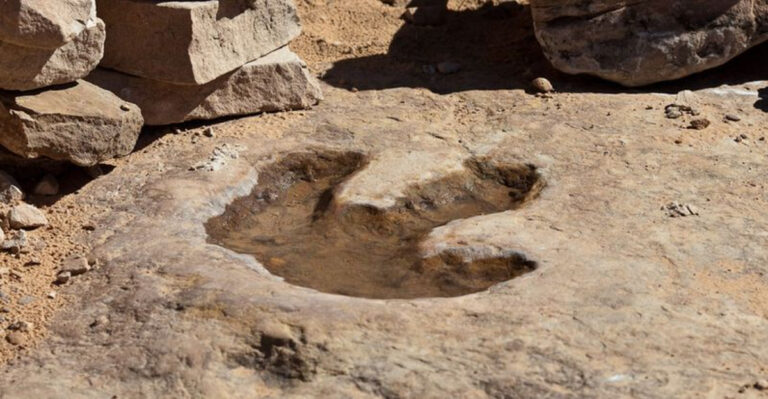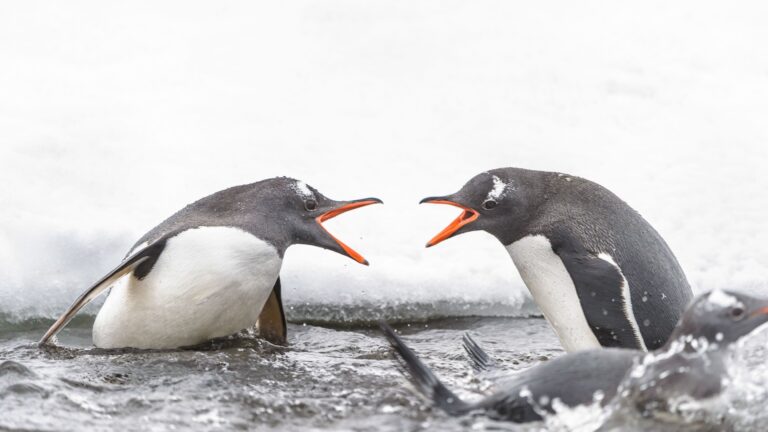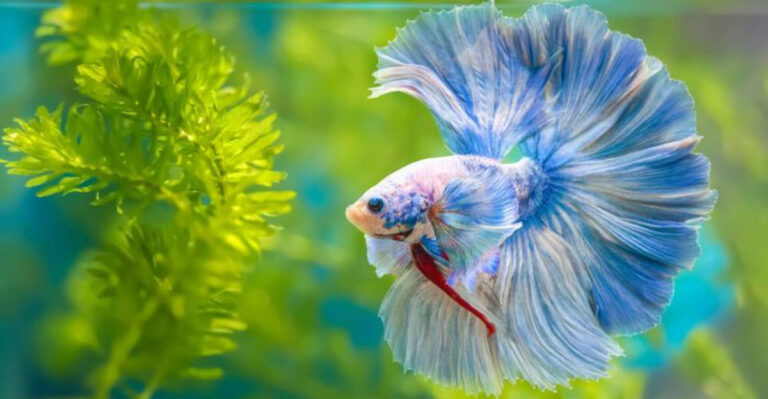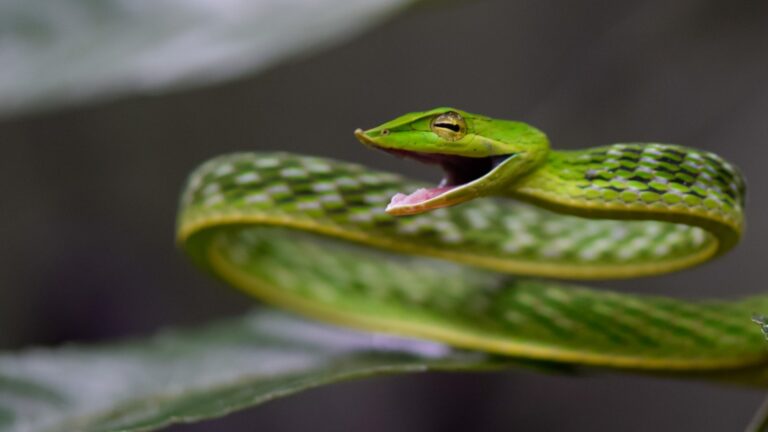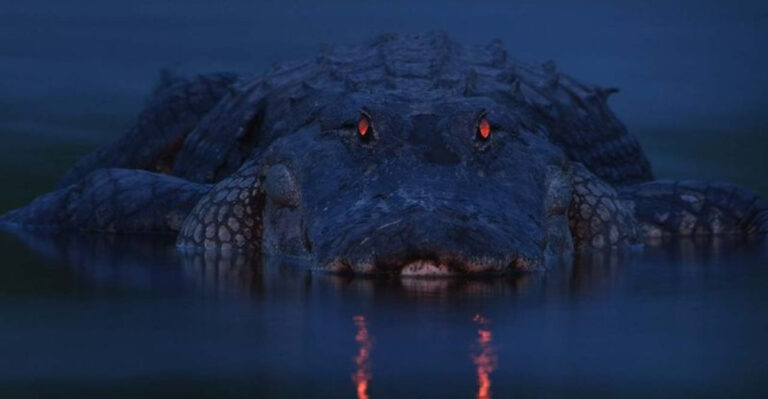What’s Destroying Pacific Salmon? 40 Years Of Research Reveals 11 Culprits
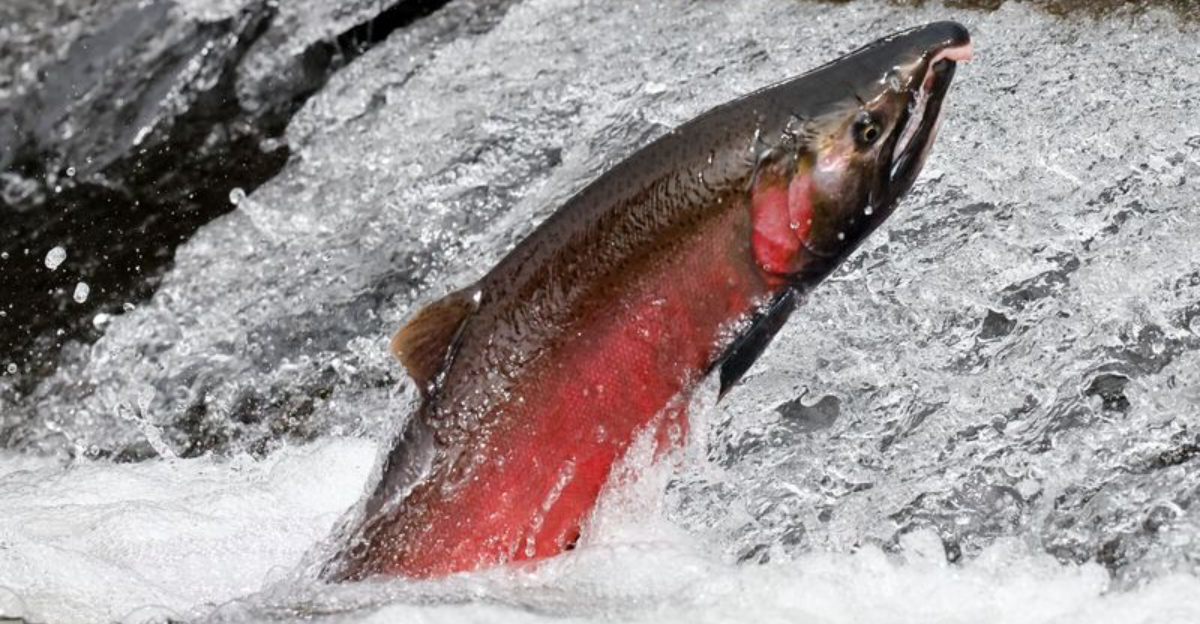
Pacific salmon are not just ordinary fish; they embark on incredible journeys from the deep ocean back to the freshwater streams where they were born.
These fish symbolize the Pacific Northwest and play a crucial role in maintaining the health of entire ecosystems. They are also deeply woven into the cultural traditions of indigenous communities.
For over four decades, scientists, conservationists, and indigenous groups have worked tirelessly to understand the complex life of Pacific salmon. They have been tracking their populations, studying their behaviors, and looking into the many factors that affect their survival.
This extensive research has revealed a concerning reality, showing that these remarkable fish face numerous threats that have led to their decline. Grasping the complicated challenges that Pacific salmon encounter is essential for their long-term survival and for protecting the ecosystems they influence.
Without understanding these harmful factors, we cannot create effective conservation plans to ensure these iconic fish thrive for future generations.
So, let’s dive into the intricate world of Pacific salmon and identify the main reasons for their decreasing numbers, while examining the scientific findings and the urgent need for action.
1. Dams Are Still Blocking Their Path
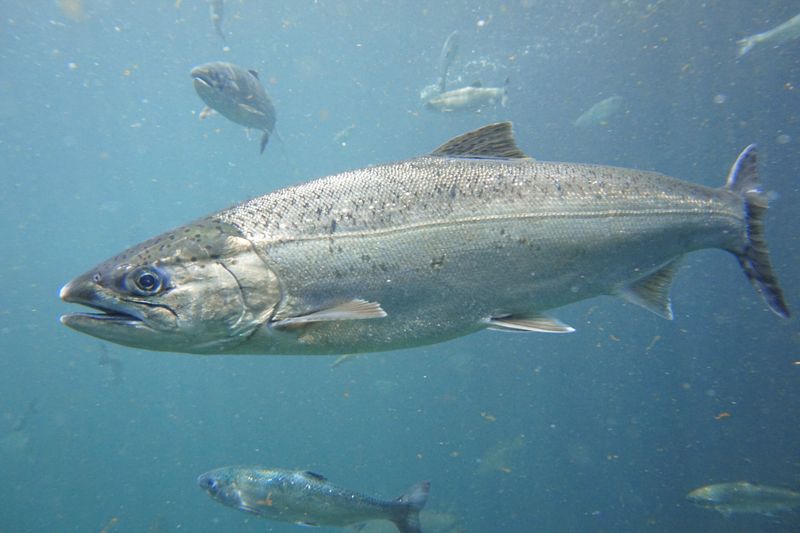
Dams, while marvels of human engineering, present a formidable obstacle for salmon, which are migratory fish. They rely on free-flowing rivers to reach their spawning grounds. In numerous cases, dams have disrupted these natural pathways, causing salmon populations to dwindle.
Fish ladders and other inventions have been implemented to assist the salmon, but these solutions are not always effective. Some salmon simply cannot overcome the sheer force of the dam’s height or the altered flow of water.
Moreover, the presence of dams changes the water’s temperature and chemistry, which can be detrimental to salmon at various life stages.
The water reservoirs created by dams can also serve as a playground for salmon predators, further exacerbating the problem. Efforts to dismantle obsolete dams have been ongoing, but the process is slow and costly.
Community involvement and awareness can speed up these efforts, but convincing stakeholders requires demonstrating the long-term ecological and economic benefits. Until more effective solutions are realized, dams will continue to pose a considerable threat to Pacific salmon populations.
2. Hatcheries Were Supposed To Help But Backfired
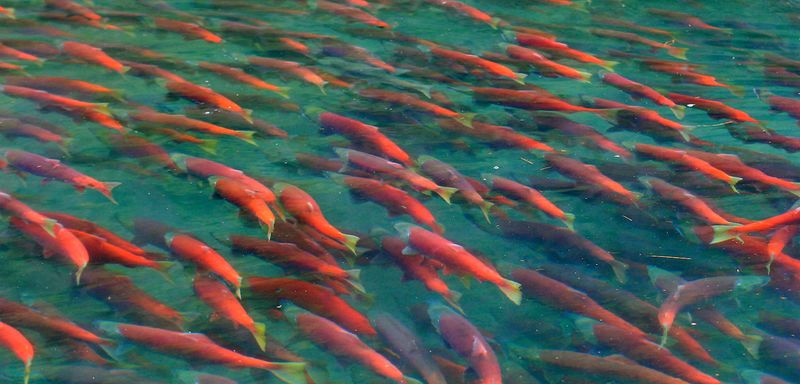
Hatcheries, initially developed to bolster salmon populations, have unintentionally created a host of new issues. While they aim to increase numbers, hatcheries often produce salmon that lack the genetic diversity necessary for long-term survival in the wild.
These hatchery-bred salmon can outcompete wild salmon for resources, further stressing already struggling populations.
Additionally, hatchery salmon may not be as resilient to predators or changing environmental conditions. They are often less equipped to handle the rigorous journey to the ocean and back. This lack of resilience can lead to decreased survival rates when these fish are released into the wild.
Conservationists are calling for reforms in hatchery practices to integrate more natural selection processes, thereby fostering a wild-like adaptability in hatchery-bred salmon.
Advocating for habitat restoration alongside hatchery improvements could provide a more balanced approach to salmon conservation. Ongoing research and adaptive management are key to addressing these complex issues.
3. Overfishing Has Pushed Them To The Edge
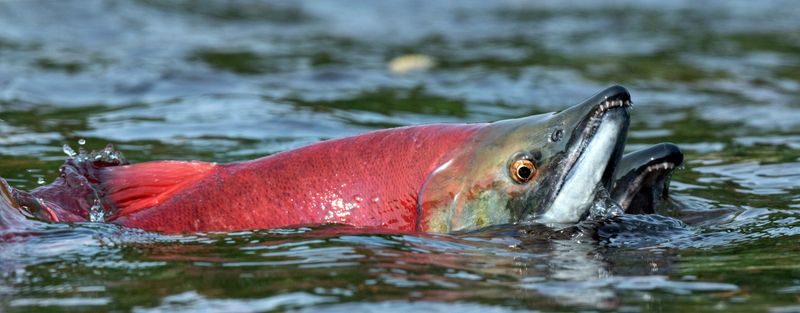
Overfishing has significantly depleted salmon populations, leaving them teetering on the brink of collapse. With advanced fishing technologies and the high demand for salmon, fisheries have captured salmon at unsustainable rates. This practice leaves fewer fish to return to their spawning grounds, reducing future generations of salmon.
The economic pressure to maintain high yields often overshadows concerns about the long-term impacts on salmon populations. As a result, regulatory measures such as catch limits and seasonal restrictions have been implemented but are not always enforced effectively.
One potential solution is promoting sustainable fishing practices and consumer awareness. Educating the public on the benefits of choosing sustainably sourced seafood can drive change both at the market level and within regulatory bodies.
Supporting local fisheries that prioritize ecological balance over immediate profits can also contribute to salmon recovery efforts.
4. Predators Are Thriving (At Salmon’s Expense)
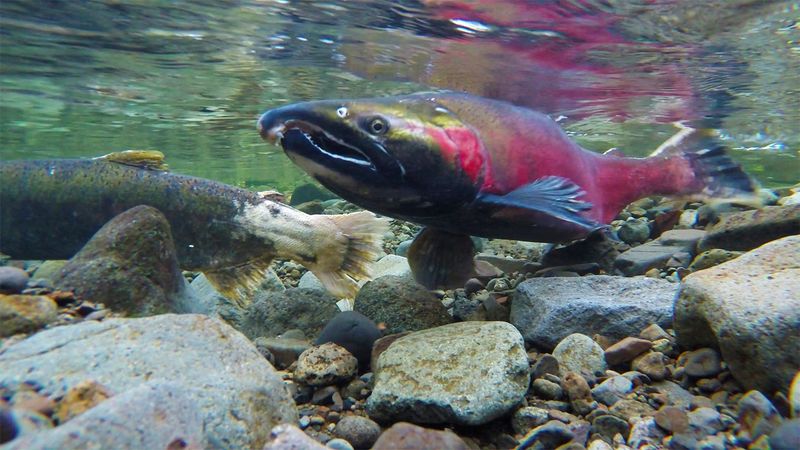
Pacific salmon face an array of predators that have become increasingly adept at exploiting their vulnerability, particularly during migration. As salmon numbers dwindle, predators such as bears, birds, and seals have adapted their hunting techniques to maximize their catch, further stressing salmon populations.
Climate change has also played a role by altering habitats in ways that benefit salmon predators. Warmer temperatures can shift predator-prey dynamics, often to the detriment of salmon. These changes can result in higher predation rates during critical life stages, reducing the number of salmon that successfully spawn.
Efforts to manage predator populations are fraught with ethical and ecological concerns. Balancing predator control with conservation goals requires an understanding of the intricate connections within ecosystems. Collaborative research and management strategies that consider the entire food web are essential to mitigating this complex issue.
5. Pollution Is Messing With Their Water
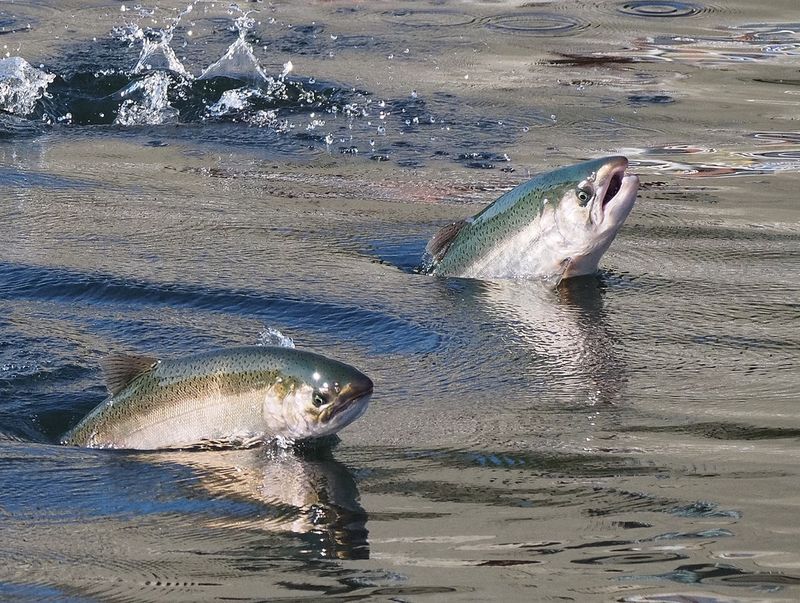
Water pollution poses a significant threat to Pacific salmon, affecting their health and habitat. Industrial waste, agricultural runoff, and urban pollution introduce toxins into salmon streams and rivers, compromising water quality.
These pollutants can impair salmon development, reduce reproductive success, and increase susceptibility to disease.
Efforts to clean up and prevent pollution are ongoing but require more stringent regulations and enforcement. Community initiatives to reduce pollution at the source, such as improved waste management practices and sustainable farming, can make a substantial difference.
Raising public awareness about the impact of pollution on salmon and ecosystems can also foster more responsible behaviors. Collaboration between government agencies, industries, and local communities is crucial to address this multifaceted problem effectively.
6. The Food Chain Is Out Of Whack
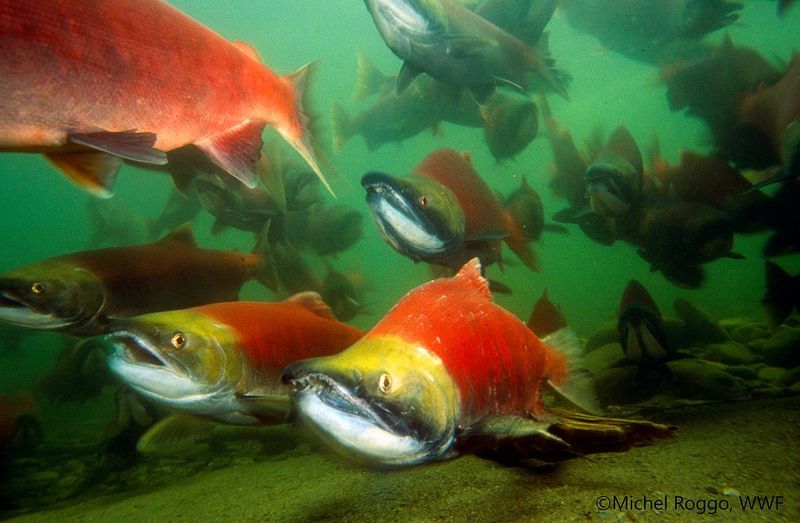
Changes in the food chain have disrupted the delicate balance that Pacific salmon rely on. Overfishing, pollution, and habitat destruction have not only impacted salmon but also the species they depend on for food. This imbalance can lead to nutritional deficiencies and increased competition for resources among salmon.
Altered food webs can also affect the timing of food availability. When prey species are scarce or mistimed, salmon may struggle to find enough food to support their energy-intensive migrations and spawning.
Restoring this balance involves protecting critical habitats, monitoring prey populations, and implementing ecosystem-based management strategies.
These efforts aim to ensure that salmon and their prey can coexist in a stable and healthy environment. Collaborative research and adaptive management are essential to address these interconnected challenges.
7. Some Runs Have Just Disappeared
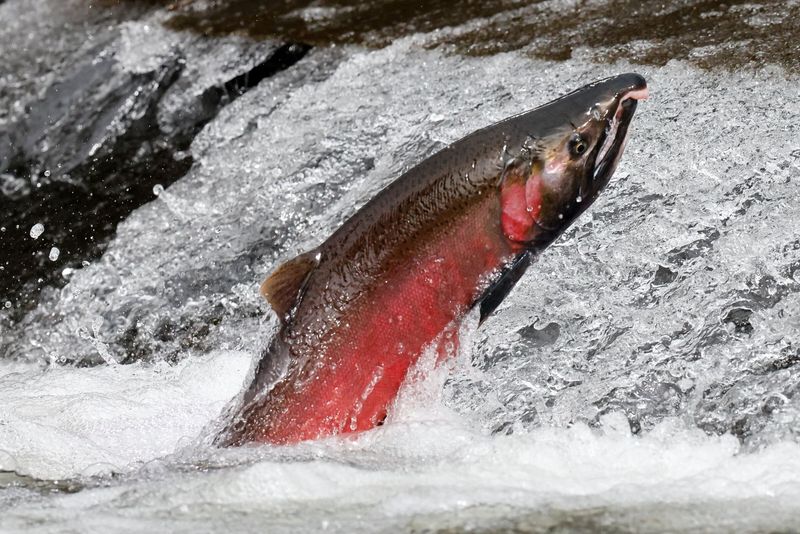
Certain salmon runs have vanished entirely, leaving gaps in the ecosystem and local economies that once depended on them. Habitat loss, climate change, and human interference have all contributed to these disappearances.
When a salmon run disappears, it disrupts the natural cycle, affecting not only the salmon but also the species that rely on them for food and nutrients.
Efforts to restore vanished runs involve habitat restoration and careful management of water resources. Reestablishing these runs requires collaboration between scientists, local communities, and government agencies to address the root causes of their decline.
Education and community involvement are crucial in these restoration efforts. By understanding the importance of healthy salmon runs, stakeholders can work together to restore and preserve these vital components of the ecosystem.
Encouraging youth involvement and fostering a sense of stewardship can also promote long-term conservation success.
8. Disease And Parasites Are Spreading

Disease and parasites pose a growing threat to Pacific salmon, exacerbated by environmental stressors and overcrowding. Warmer water temperatures can increase the prevalence of pathogens, while pollution and habitat degradation compound the salmon’s vulnerability.
The spread of disease can severely impact salmon populations, reducing survival rates and complicating recovery efforts. Hatcheries, while intended to boost salmon numbers, can sometimes exacerbate the spread of disease due to high fish densities.
Strategies to mitigate these threats include improving water quality, reducing pollution, and employing best practices in hatchery management.
Ongoing research into disease-resistant salmon strains and more natural hatchery environments could also help. Collaborative efforts between scientists, fisheries, and policymakers are vital to address these challenges effectively.
9. Genetic Diversity Is Shrinking
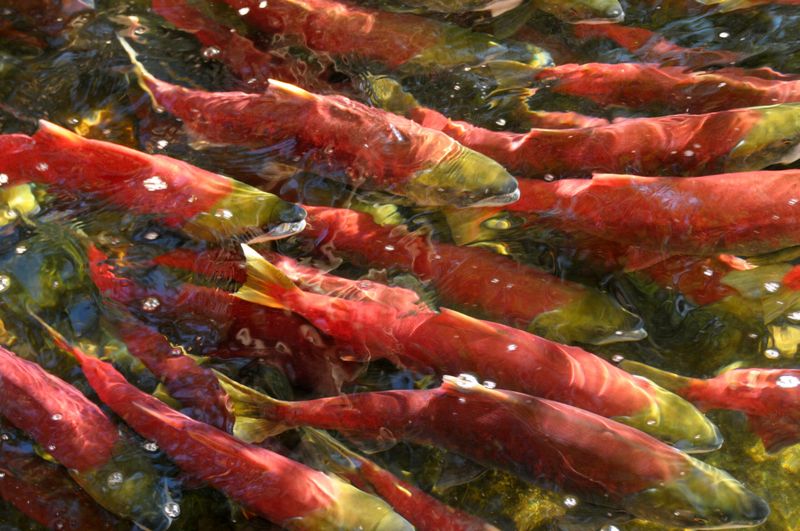
Genetic diversity is crucial for the resilience and adaptability of Pacific salmon. However, factors such as overfishing, habitat fragmentation, and hatchery practices have led to a decrease in genetic variation among salmon populations. This reduction can make salmon more susceptible to disease and environmental changes.
Maintaining genetic diversity involves protecting wild salmon populations and their habitats. Conservation strategies also include managing hatcheries to mimic natural selection processes and support diverse genetic traits.
Public awareness and support for policies that prioritize genetic diversity can drive positive change. Collaborative research and adaptive management are essential to ensure the long-term survival and health of Pacific salmon populations. By preserving their genetic diversity, we can help salmon adapt to future challenges and maintain their vital role in ecosystems.
10. Conservation Efforts Keep Falling Short
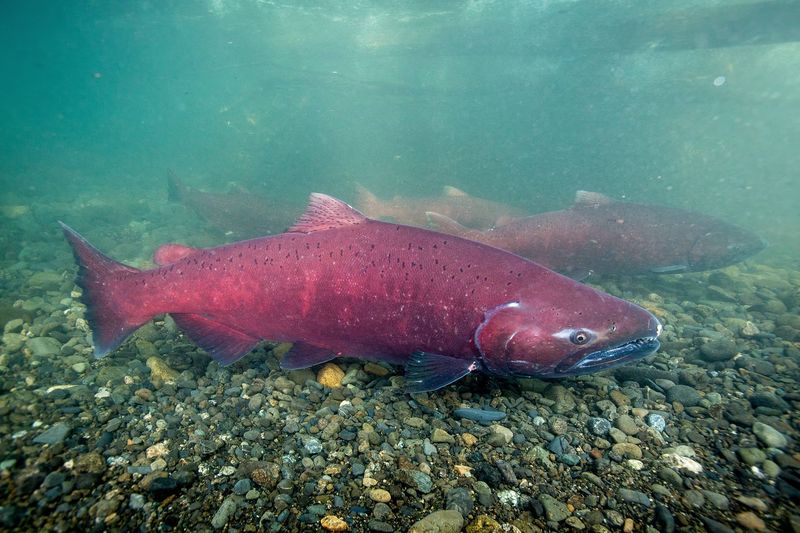
Despite decades of conservation efforts, many initiatives have fallen short of their goals, leaving Pacific salmon populations in peril. The complexity of challenges, ranging from habitat destruction to climate change, requires multifaceted solutions that are often difficult to implement effectively.
Coordination among various stakeholders is essential to improve conservation outcomes. This includes government agencies, scientists, local communities, and industries working together to address the root causes of salmon decline. However, conflicting interests and inadequate funding can hinder progress.
Innovative approaches, such as ecosystem-based management and technology-driven monitoring, offer hope for more effective conservation. Engaging communities and fostering a sense of ownership can also contribute to the success of conservation efforts. By aligning goals and resources, we can create more resilient strategies to safeguard Pacific salmon and their habitats.
11. Climate Change Is Altering Their World
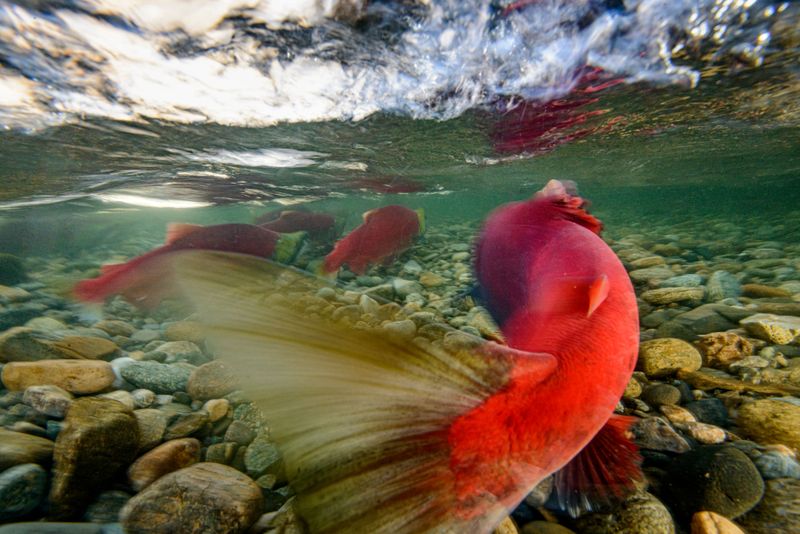
Climate change is having profound effects on the habitats and life cycles of Pacific salmon. Rising temperatures, altered precipitation patterns, and increased frequency of extreme weather events are reshaping the ecosystems that salmon depend on.
These changes can affect the timing of salmon runs, reduce suitable habitats, and increase stress on salmon populations. Warmer waters can also exacerbate the spread of disease and parasites, further threatening salmon survival.
Addressing the impacts of climate change involves reducing greenhouse gas emissions and protecting critical habitats. Adaptive management strategies that consider the effects of climate change can help safeguard salmon populations. Community engagement and global cooperation are vital to mitigating the impacts on salmon and ensuring their continued existence.

